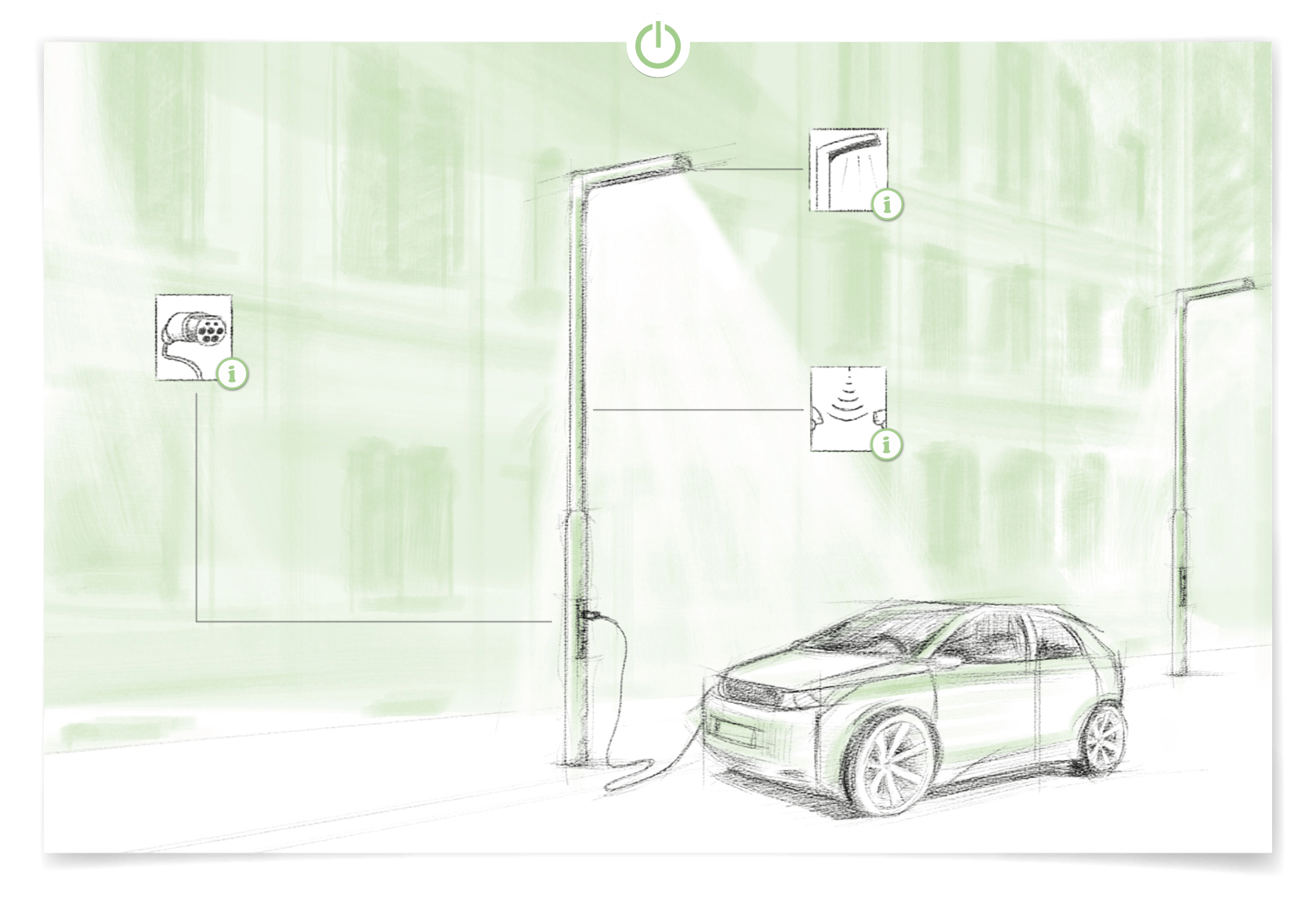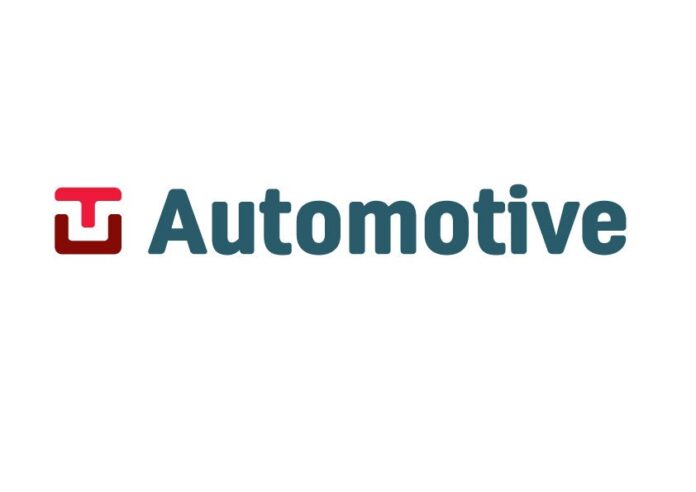Building on yesterday’s highlights from TU Auto’s event in Berlin this week, there are even more highlights and observations to share.
There was a battle of local startups participating at the event; the following four made presentations:
Eluminocity combines LED street lighting with electric vehicle charging. This is definitely a pretty cool idea and seriously reduces the worry about finding a place to charge an electric vehicle. Of course you still have the challenge of finding the actual parking spot, but maybe one of the other startups can help out with that issue, stay tuned. In a strong show of support from mature vendors, BMW is working with them on this concept.  High Mobility has a platform for the integration of wearables and the connected car. At CES they demonstrated a concept for gesture-controlled vehicle unlocking with a well-recognized OEM. You might have guessed – it’s BMW again.
High Mobility has a platform for the integration of wearables and the connected car. At CES they demonstrated a concept for gesture-controlled vehicle unlocking with a well-recognized OEM. You might have guessed – it’s BMW again.
Carzapp began with the idea of being the airbnb for cars. The company had the technology – hardware and software – to enable the idea but found the market challenging. Instead, it decided to move away from that idea and market its Zappkit to allow car rental agencies and other organizations to enable vehicle sharing. Today they are partnering with Santander – yes the bank, more on this later – and T Systems to sell their solution.
And last, but not least, was ParkTAG, which the audience voted the best of the four organizations. The idea is simple; find parking spots that are about to be empty. When you register for the service your parking movements become trackable, so the app can tell when you are about to vacate a parking spot based on the location of your smartphone, making it available for booking by someone else with the service. It also has the ability to indicate what floor of a parking garage the spot is located on.
Volvo talked about the human-machine interface requirements for safe connected cars. Today, the customers expect that if the car has a touchscreen it will have the same functionality as the touchscreen on a smartphone or a tablet. When it doesn’t, it’s not only annoying, it’s distracting. Without haptic feedback, drivers are uncertain that they have actually touched the correct place on the screen and that can result in an unsafe situation in which the driver keeps looking at the touchscreen to double-check. As connected cars evolve, safety migrates from passive to active to connected. Passive safety exists in all newer vehicles, which provide functions to reduce injury in an accident such as braking assist to depress the brake harder than you are able to in an emergency situation to speed up stopping and electric stability control. Active safety helps to avoid a crash when you are already in a bad situation. Connected safety will alert you and hopefully avoid the situation altogether.
The most surprising thing I learned at the event is that Santander has started a carsharing pilot. Yes, that’s Santander the bank. In Germany, Santander is the largest non-OEM car financer and as a result has deep relationships with auto dealers. They are offering a white -abel program that allows car dealers to create carsharing programs with their unsold cars via the Carzapp Zappkit and a smartphone app. Additionally, they can provide sales training and tools along with marketing programs to the dealers. Pretty innovative I must say.
Lastly Neonode was demonstrating a new approach to the steering wheel for a car that shifts between autonomous and traditional driving. zForce Drive multisensing technology. The lights on the wheel will also aid in other functions to reduce driver distraction as more and more features come online.
Like what you read? Follow me on twitter!’
Claudia Bacco, Managing Director – EMEA for RCR Wireless News, has spent her entire career in telecom, IT and security. Having experience as an operator, software and hardware vendor and as a well-known industry analyst, she has many opinions on the market. She’ll be sharing those opinions along with ongoing trend analysis for RCR Wireless News.

